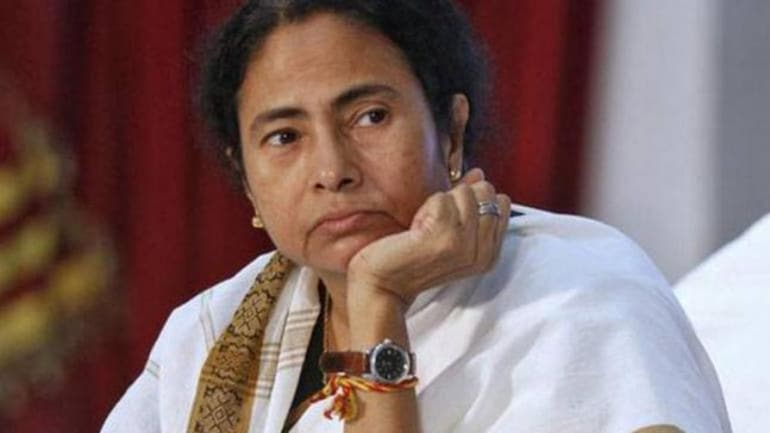In a step that would further harm the economy of West Bengal, Mamata Banerjee has hiked the minimum wage of daily wage workers in order to appease them. This rampant populist move would force whatever industries are left in the state after the four to five decades of misgovernance by CPM and AITMC.
“I am pleased to announce a HIKE in the wages of daily wage workers under WB Urban Employment Scheme: > To ₹202 per day from ₹144 earlier for unskilled labour > To ₹303 from ₹172 earlier for semi-skilled > ₹404 for skilled labour (new category introduced),” announced Mamata Banerjee a few hours before the model code of conduct kicked in.
I am pleased to announce a HIKE in the wages of daily wage workers under WB Urban Employment Scheme:
> To ₹202 per day from ₹144 earlier for unskilled labour
> To ₹303 from ₹172 earlier for semi-skilled
> ₹404 for skilled labour (new category introduced)
(1/2)
— Mamata Banerjee (@MamataOfficial) February 26, 2021
“A total of 56,500 workers (40,500 unskilled, 8000 semi-skilled, 8000 skilled) will benefit from this. These wages are in parity with rural workers’ enhanced pay (MNREGA unskilled & semi-skilled). Budget provision for this step has been made available for both FY21 & FY22,” she added.
West Bengal has already been deindustrialized in the last few decades due to rampant unionism, corruption, and syndicate, the new minimum wage laws would force few companies which are left in the state to move to neighboring states like Odisha and Jharkhand which have more flexible labour laws.
In the last few months, Mamata Banerjee has taken many populist steps in order to appease the different communities of the state, and this is only burdening the future generation of the state with huge debt and destroying the state’s economy.
In 2018, the then BJP president Amit Shah in a speech in West Bengal said that the state’s share in the nation’s GDP was 25 percent at the time of independence and now it is at a mere 4 percent. And this is the result of rampant populism and misgovernance by CPI(M) and AITMC.
During the regime of the Left, union strikes, harassment of businessmen and industrialists were common occurrences. The communist leaders defamed the industrialist as bourgeois and kept them at bay. The important point to note here is that despite Calcutta (now Kolkata) being an industrial hub in the pre-independence period and the early years of the post-independence period, the industries were largely owned by Marwaris and Gujaratis. Some of these businessmen were operating in Bengal since the Mughal period.
When the communist regime started harassing these Gujarati and Marwari businessmen, most of them migrated to other parts of the country like Delhi and Mumbai. With its main entrepreneurial base lost because it saw no longer any opportunity in the state, the economic decline of West Bengal started.
Now, the state is among the least industrialized states and fares much worse in all socio-economic indicators. The state used to have the highest per capita income at the time of independence, but now its place has slipped to 19th place. This data alone is enough to tell us how badly the previous governments performed. At the time of independence, it produced a quarter of India’s GDP, and now it is in the sixth position, behind Gujarat whose population is almost half of West Bengal.
Mamata Banerjee is destroying the macroeconomy further with populist decisions, but the good thing is – it is evident that she will lose power on May 2, and a new reformist government, which will restore the “Amar Sonar Bangla”, will come to power.

